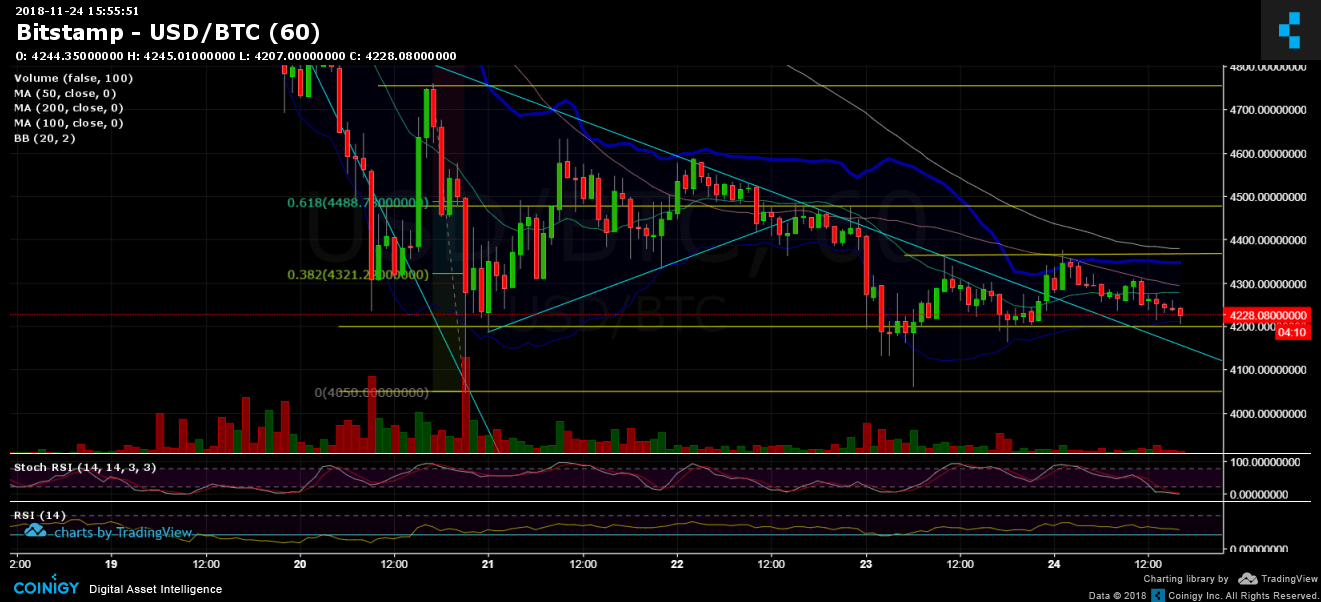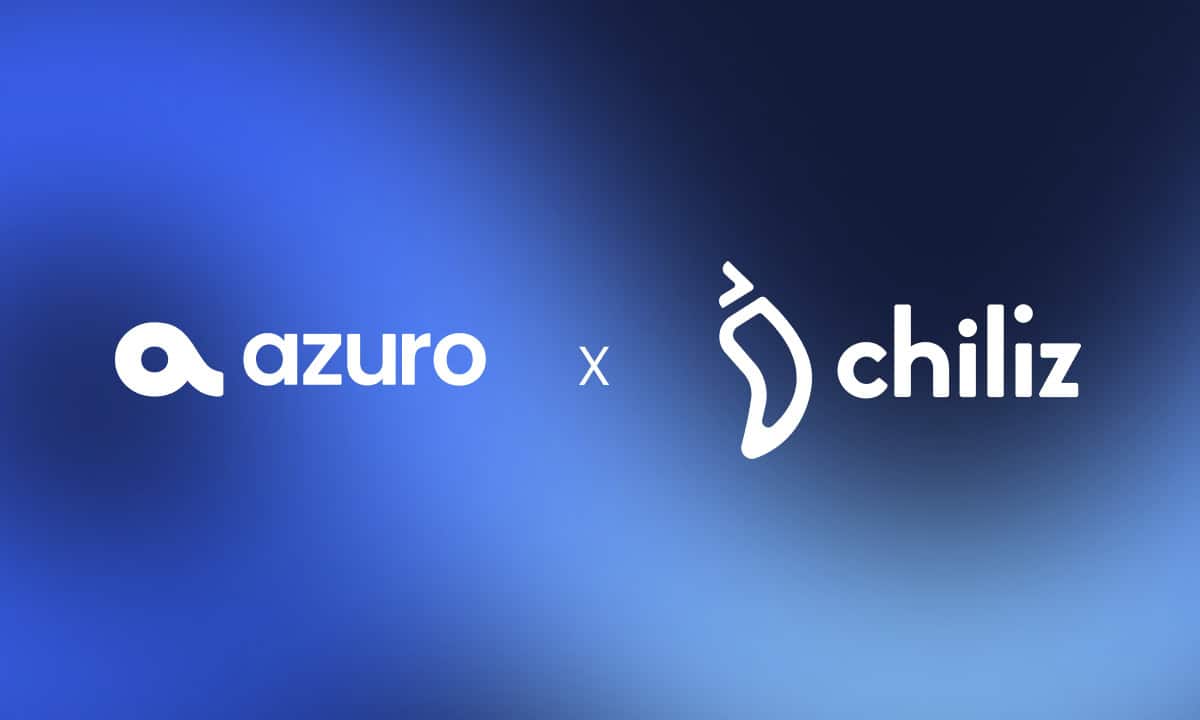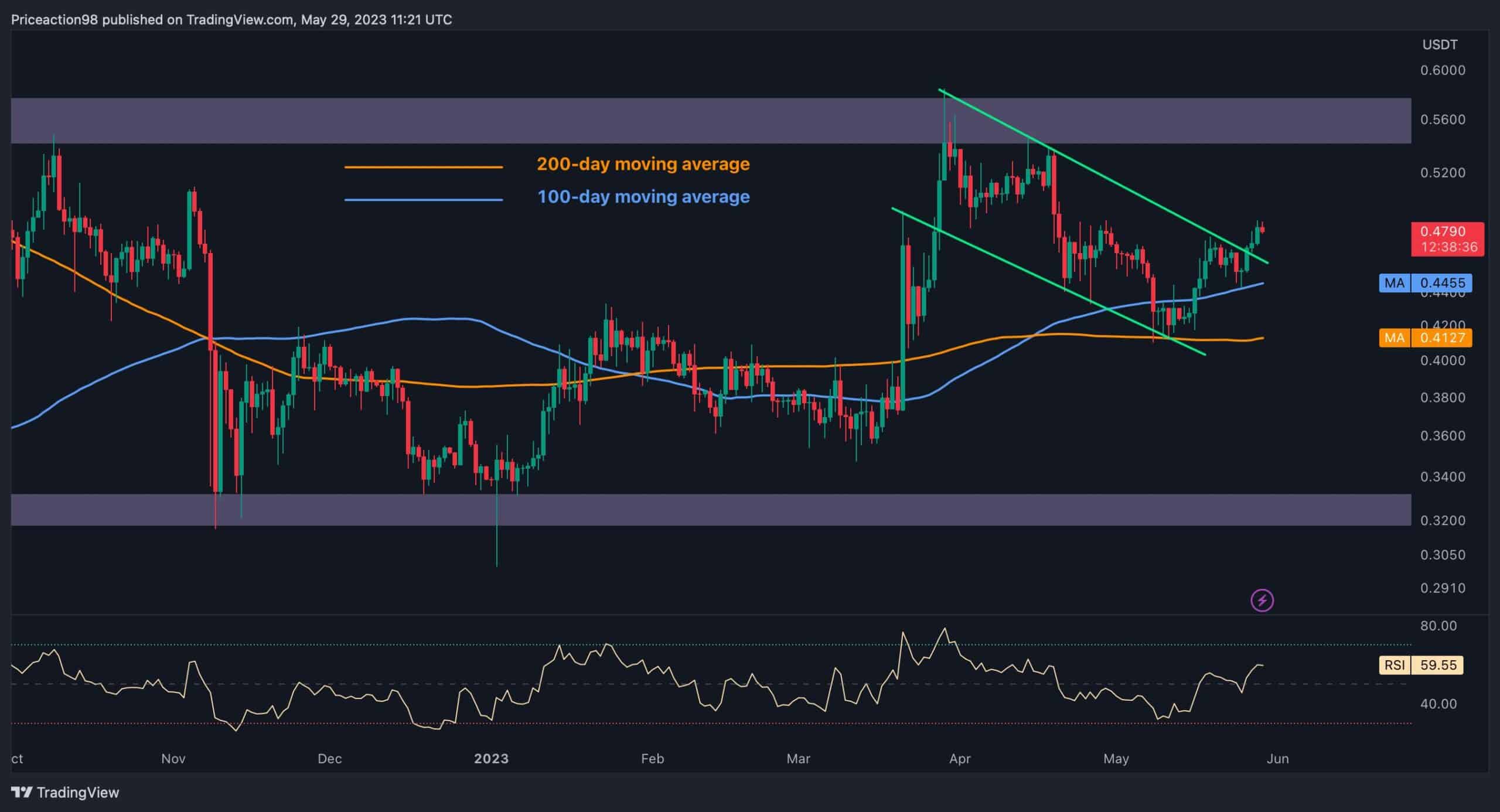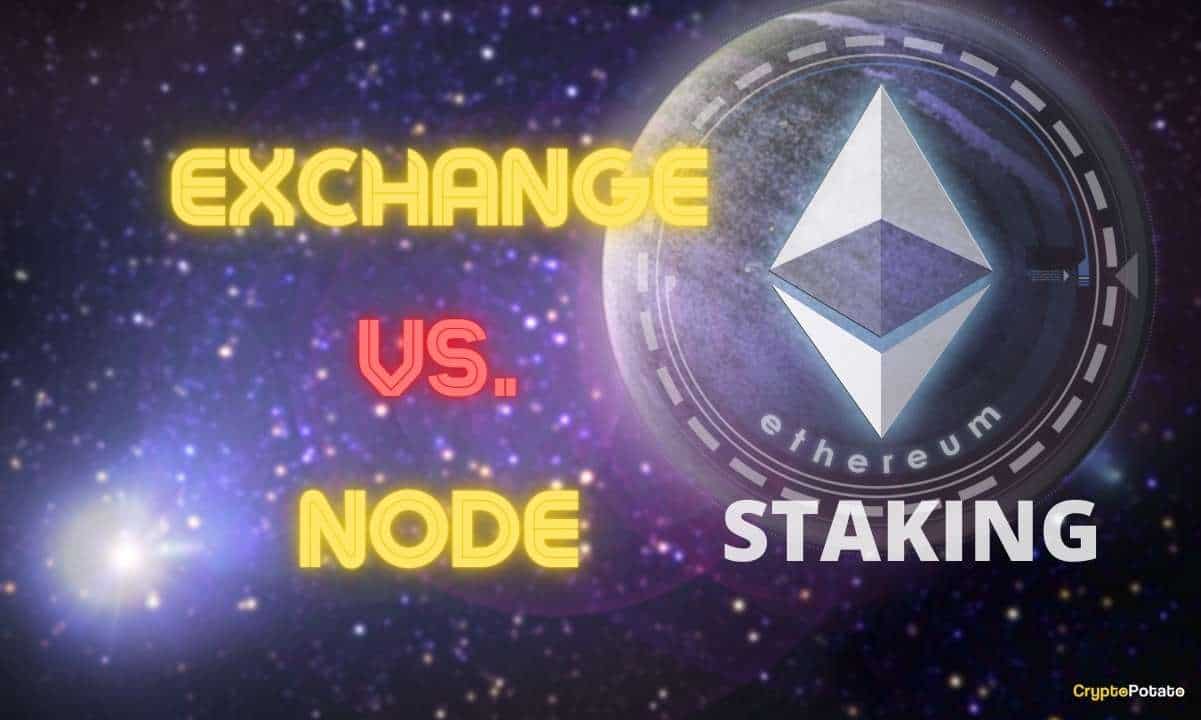What Is Sui Network (SUI): The Ultimate Guide in 2024
Sui is a layer-1 blockchain created to enable quick, low-latency transactions, making it a strong choice for real-time applications like gaming, decentralized finance (DeFi), and other responsive services. Launched in May 2023, its architecture emphasizes immediate transaction completion and high throughput, with smart contracts written in Move, a Rust-based programming language optimized for fast, secure transaction execution.
A key differentiator in Sui’s approach is its transaction processing model. The network can handle multiple transactions simultaneously instead of the typical sequential processing, reducing congestion and enabling a throughput of nearly 300,000 transactions per second. This is achieved through transaction parallelization, which allows multiple, independent types of transactions to reach “parallel agreement” simultaneously, leveraging data structured as independent objects.
In other words, transactions that do not depend on each other can be processed in parallel by Sui nodes, which use a byzantine fault-tolerant Delegated Proof-of-Stake (DPoS) consensus mechanism to ensure network security.
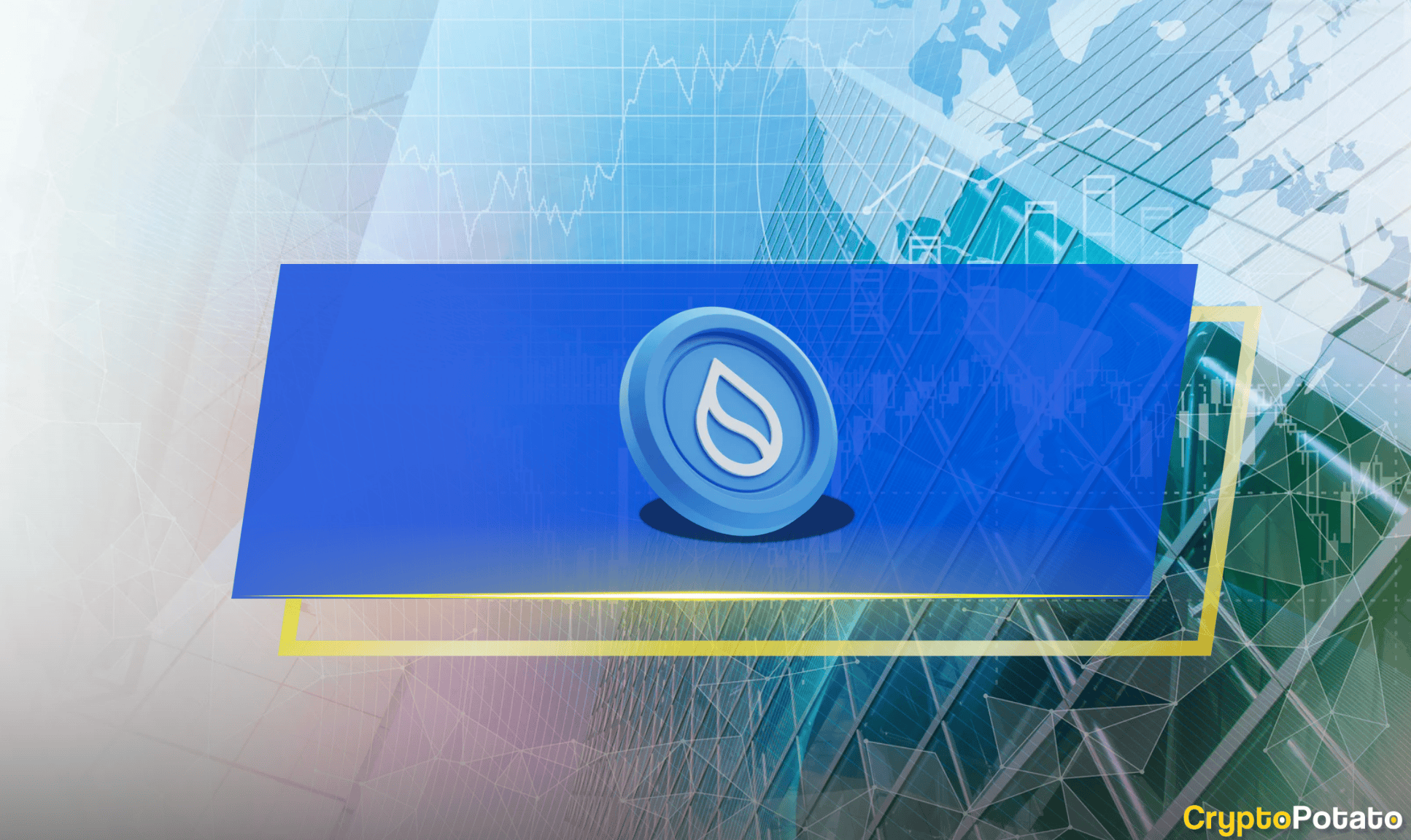
Quick Navigation
- Sui’s Rise in the Crypto Market
- How Does Sui Work?
- Network Security
- Object-Oriented Data Model
- Key Differences Between UTxO, Account-Based, and Object-Oriented Models
- Programming Language
- SUI Tokenomics
- Mysten Labs: The Founders of Sui
- Investors and Backers
- Sui Use Cases and Top Projects
- Closing Thoughts – Sui Network’s Outlook
Sui’s Rise in the Crypto Market
This and other key features have catapulted Sui into the higher ranks of the crypto market. More than one year after its launch, the network has already achieved some notable milestones. More users are becomin interested in joining Sui, a blockchain known as the Solana Killer.
Data from Artemis shows that daily active addresses peaked in September 2024. This was fueled by the rise in the price of its native coin, SUI, which reached an all-time high of $2.36, propelling its market capitalization to nearly $4.9B. Since then, the token has risen even further to a peak of $3.3 in November 2024.

One of Sui’s infrastructure backbones is an object-oriented system, which will be discussed in the section below.
How Does Sui Work?
Several technical advancements set Sui apart from other blockchains. The network operates on a DPoS consensus mechanism, where selected validators confirm transactions and generate new blocks. The more SUI tokens you hold as a validator, the bigger your voting power is.
Sui also integrates zero-knowledge proofs (ZKPs) to bolster user privacy and transaction security. It leverages Groth16—a zk-SNARK variant—within its Move programming language to perform ZKPS effectively, meeting the needs of its high-speed network. This allows Sui to handle large transaction volumes while maintaining secure proof verification.
By using ZKPs, Sui enables:
- Confidential Transactions: Users can confirm they have the necessary funds for a transaction without revealing their full financial details.
- Secure Identity Verification: ZKPs enable identity verification while safeguarding personal information—ideal for applications that require user authentication.
Network Security
As mentioned, Sui uses a DPoS mechanism, but let’s get more technical. The protocol uses an optimized consensus engine known as Mysticeti, which enables near-instant transaction finality, achieving sub-second completion times. In blockchain terms, “finality” indicates the point at which a transaction becomes irreversible.
The protocol’s design for fast finality is crucial for applications where speed and certainty are essential, like gaming and high-frequency DeFi trading.
Looking at the engine’s technical features, we find a structure based on a Directed Acyclic Graph (DAG).
You might have read or heard about DAGs before but if you don’t fully understand it, don’t feel bad—it’s extremely complicated and confusing. But let’s think of it as a way to organize information in a clear, one-way flow without any loops. It’s like a tree where every branch only moves forward and never circles back.
- Directed: Each path has a direction, like a one-way street. If you go from point A to point B, you can’t go back to A on that same path.
- Acyclic (No Loops): There are no loops. Once you move forward, you can’t end up back where you started, ensuring everything follows a straight line from start to finish.
DAGs keep things in a logical order. If one task depends on another, they show you what needs to happen first. And given that there are no cycles or loops, you don’t repeat or go backward, which helps with tasks that need a clear, one-time sequence.
Several blockchains today use DAGs to acquire data and information faster because they allow multiple steps to occur simultaneously without waiting in line. Avalanche and IOTA are some of the most popular networks using this technology.
However, DAGs—as you might have noticed by now—are extremely complex in implementation, mostly because they have not been fully tested to the max, even though they have been around for several years.
Object-Oriented Data Model
We previously discussed Sui’s object-oriented framework, but what does it mean?
Well, this data model essentially changes how data is structured, accessed, and handled on the blockchain. This approach aims to enhance scalability and flexibility and streamline the developer experience by departing from traditional models like UTxO (Unspent Transaction Output) and account-based systems.
These brings two key aspects to how Sui works:
Everything is an object:
By using an object-oriented approach, everything in Sui, each piece of data, is treated as a distinct object with its own identity, ownership, and properties. This design allows users to manage digital assets directly, making transfers and state modifications more straightforward:
- Ownership and Transfer: Digital assets, such as tokens or NFTs, are managed as independent objects, allowing easier transfers akin to handling physical items.
- Independent Processing: Transactions involving different objects can be processed simultaneously, boosting scalability and network throughput by reducing processing bottlenecks.
Dynamic asset management:
Sui supports various object types to meet different needs:
- Owned Objects: Modifiable only by their owner, reinforcing security.
- Shared Objects: Accessible by multiple users while maintaining consistency through consensus.
- Immutable Objects: Permanent, unchangeable entries on the blockchain, serving as stable references.
This flexibility enables developers to build applications with complex ownership structures and dynamic assets without the limitations of traditional models. But how does that compare to more traditional models?
Key Differences Between UTxO, Account-Based, and Object-Oriented Models
Blockchain models differ in how they handle transactions and data, with each offering unique advantages and limitations for scalability, security, and ease of use. In Sui’s case, the object-oriented data model brings new options and applications for developers—especially those working on more complex, innovative protocols and ownership frameworks.
- UTxO Model: Secure but complex. It tracks unspent outputs from previous transactions, providing a high degree of security but adding complexity for developers, especially in managing multiple transaction outputs in applications like DeFi.
- Account-Based Model: Simpler, but with a lot of scalability limits. Ethereum’s account-based model directly stores and updates balances with each transaction, simplifying development and user experience. However, it demands strict sequencing of transactions, which can limit scalability due to potential bottlenecks.
- Sui’s Object-Oriented Model (Flexible and scalable): Sui’s object-oriented model treats every data element as an individual object, allowing concurrent transaction processing. It supports flexibility and enhances scalability, reducing transaction wait times and opening possibilities for applications like dynamic NFTs and complex asset management.

But to be fair, object-oriented models have their pros and cons. Let’s take a look:
Pros explained:
- Code Reusability: Inheritance allows reuse of existing code, reducing redundancy and development time.
- Modularity: Encapsulation creates self-contained objects, making troubleshooting and collaborative work easier.
- Scalability and Flexibility: Adaptable to new requirements, making it ideal for complex systems.
- Security: Encapsulation and abstraction protect data integrity by hiding complex implementations.
- Intuitive Design: Mirrors real-world entities, providing developers with a natural, understandable framework.
Cons explained:
- Complexity: Can become difficult to manage with extensive use of inheritance and polymorphism.
- Performance Overhead: Typically slower due to larger program size and object management demands.
- Limited Applicability: Not suited for problems that don’t align with an object-based structure.
- Design Challenges: Effective implementation requires skilled planning, as poor design can lead to fragmented or hard-to-maintain code.
Overall, object-oriented models provide valuable benefits like reusability and scalability but demand careful design to avoid issues with complexity and performance (it’s also more expensive to maintain).
Programming Language
The protocol also uses the Move programming language—initially developed for Facebook’s Diem project—мaking Sui а highly secure and adaptable network for handling digital assets. This is especially beneficial for DeFi and non-fungible tokens (NFTs) applications.
Move is also used by one of Sui’s biggest competitors—Aptos, one of the most popular layer-1s in the DeFi ecosystem. What makes this programming language attractive for these projects is that it was created specifically for blockchain-based applications. It centers on a resource-oriented approach to enhancing security, flexibility, and efficiency in smart contract creation.
The use of Move makes Sui a strong option for applications involving sensitive data, such as financial services and social networking. Dynamic gas pricing also optimizes resource usage by adjusting fees based on network conditions, balancing efficiency and predictability.
SUI Tokenomics
The network’s native token, SUI, serves multiple functions within the ecosystem. It’s primarily used to pay transaction fees and can be staked by token holders who wish to contribute to network security and governance.
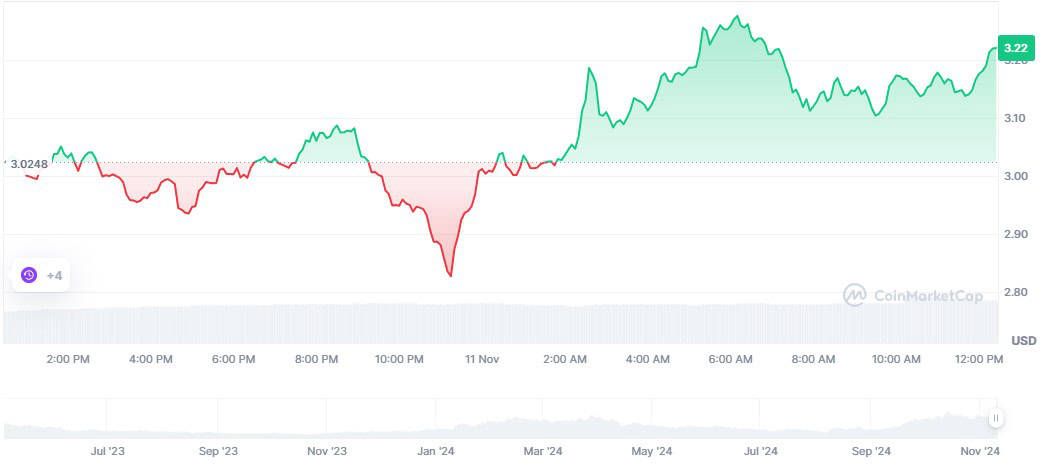
Like many other chains, SUI holders have a say in network decisions. They can vote on future developments and upgrades, submit proposals, and discuss ideas.
The token is the backbone of the Sui ecosystem’s economic model, incentivizing participation and promoting long-term sustainability with a fixed supply of 10 billion tokens distributed across different categories to foster the network’s growth and decentralization:
- 50% is allocated to the community, supporting delegation programs, grants, R&D, and validator rewards.
- 20% is set aside for early contributors.
- 14% is reserved for investors.
- 10% is held by Mysten Labs for development.
- 6% is designated for app testers and the Community Access Program.
Mysten Labs: The Founders of Sui
Sui was launched by Evan Cheng, Adeniyi Abiodun, Sam Blackshear, George Danezis, and Kostas Chalkias—former engineers from Meta’s Novi division—under their newly founded company, Mysten Labs.
Sui’s journey began in March 2022 when Mysten Labs outlined its vision for a new Layer 1 blockchain. To ensure the blockchain’s resilience and functionality, the team launched incentivized testnets beginning in August 2022. The test phases focused on calibrating operator capabilities and refining token economics, ultimately improving Sui’s architecture and preparing it for a larger user base.
On May 3, 2023, Sui’s mainnet was officially released, allowing developers to build decentralized applications (dApps) and benefit from Sui’s optimized features, including high transaction speed and low latency.
Shortly after launch, Sui processed a whopping 65.8 million transactions in a single day without gas fee spikes, demonstrating its capability to manage high volumes efficiently without its network shutting down or experiencing congestion.
Investors and Backers
In December 2021, Mysten Labs secured $36M in Series A funding from Andreessen Horowitz (a16z). This was followed by a significant $300M Series B round, led by a $140M investment from FTX Ventures, which valued the company at $1B. Key participants in this round included Jump Crypto, Apollo, Binance Labs, Franklin Templeton, Coinbase Ventures, Circle Ventures, Lightspeed Venture Partners, Sino Global, Dentsu Ventures, Greenoaks Capital, and O’Leary Ventures.
Sui has partnered with Space and Time, a verifiable compute layer, to enhance ZKP capabilities. This partnership introduces tools that let developers incorporate off-chain data securely with on-chain transactions. Key benefits include:
- Data Integration: Developers can use zero-knowledge smart contracts for secure, auditable computations.
- Game Development: In gaming, ZKPs enable verifiable reward systems tied to in-game events, improving transparency and user engagement.
Sui Use Cases and Top Projects
Sui’s adaptability and robust features position it well across various sectors. In gaming, the protocol’s secure and efficient asset management supports complex in-game interactions. In the DeFi space, its security-focused architecture enables developers to build robust financial applications. Sui also caters to social networking by facilitating decentralized platforms prioritizing user data control and resisting censorship.
It should be noted that Sui charges fees based on the computation demand and the amount of storage a transaction consumes, making it suitable for NFTs because users can receive storage refunds.
The TVL across Sui’s DeFi ecosystem peaked at over $1.1B in October of 2024. Some of the leading applications on the Sui network are:
- Navi Protocol: NAVI Protocol is a decentralized liquidity platform enabling users to borrow and lend cryptocurrency without intermediaries. It offers key DeFi tools, such as Isolation Mode for secure asset management and Automatic Leverage Vaults for efficient leveraged positions, ensuring streamlined and secure transactions.
- Suilend: Suilend is a decentralized lending protocol on the Sui Network, created by the team behind Solana’s Solend. It leverages Sui’s high scalability and low fees to offer a smooth lending and borrowing experience:
- Cetus: Cetus is a leading decentralized exchange (DEX) on the Sui and Aptos blockchains, known for enhancing trading efficiency and liquidity management through several innovative features. It uses a Concentrated Liquidity Matching Model (CLMM) to maximize liquidity usage, supports range orders, and enables users to set specific trade price points.
- Scallop: Scallop is a DeFi money market on the Sui Network, focusing on lending and borrowing digital assets. It allows users to lend to liquidity pools to earn interest and offers loans secured by collateral.
- Aftermath Finance: Aftermath is a comprehensive platform for trading, investing, and generating yield. The app uses the Sui network’s speed and cost-efficiency to create a transparent, user-friendly experience for traders, investors, and arbitrageurs. It was built by Sui Move developers and spans multiple DeFi and GameFi products tailored to different risk levels and market strategies.
Closing Thoughts – Sui Network’s Outlook
Sui stands out as a high-performance blockchain solution that supports complex and responsive applications across various sectors, including gaming, DeFi, NFTs, and much more.
Its unique architecture makes Sui particularly adaptable for applications requiring speed, scalability, and security, but it also makes it fiercely competitive with other layer-1s, like Solana, Aptos, and Ethereum.
The network’s focus on efficient, low-latency transactions and its versatile framework sets a promising stage for the future, attracting a diverse range of projects that continue to strengthen the Sui ecosystem.
The post What Is Sui Network (SUI): The Ultimate Guide in 2024 appeared first on CryptoPotato.

